#20. A penny dropped from the Empire State building can kill a person on the sidewalk
According to this myth, if you throw a penny from the top of the Empire State Building, it could kill a person on the sidewalk because of how much it would accelerate. And guess what, that is bad physics.

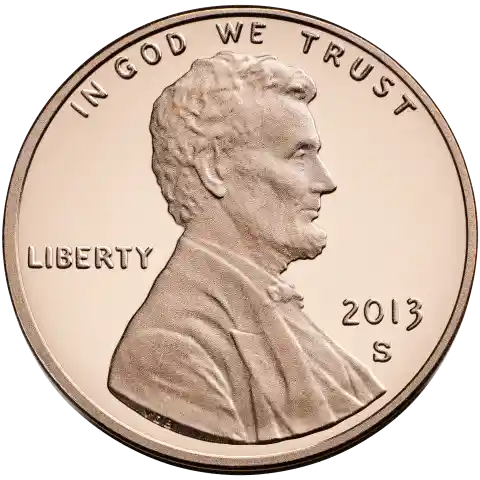
The truth is, the penny will reach a velocity of 30-100 miles per hour, and that depends on the wind. And yes, it might hurt, but the penny would not kill anyone, so you might keep the change.
#19. There are only three states of matter: solid, liquid and gas
There are actually four, the other one is plasma. And plasma is something like superheated ions and electrons, not just some goo. It becomes gas when cooled, but it has some other properties as well.

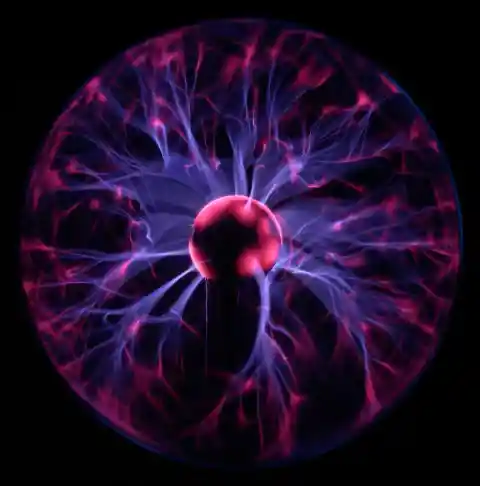
Even though is sometimes called ionized gas, it’s not quite right to think of it as a gas. It is more like a flame, some plasmas are lightning, fire, the sun, and the tail of comets. If heated enough, a lot of chemical compounds or elements can become plasma. When water is reduced to plasma, it’s no longer H20, it isn’t even hydrogen or oxygen.
#18. Glass is a high viscosity liquid
Even though glass is not like water or molasses, is it possible for it to have a super high viscosity that makes it an ultra-slow flowing liquid? Nope. This myth originated from the fact that in older windows, windows glass is thicker at the base.
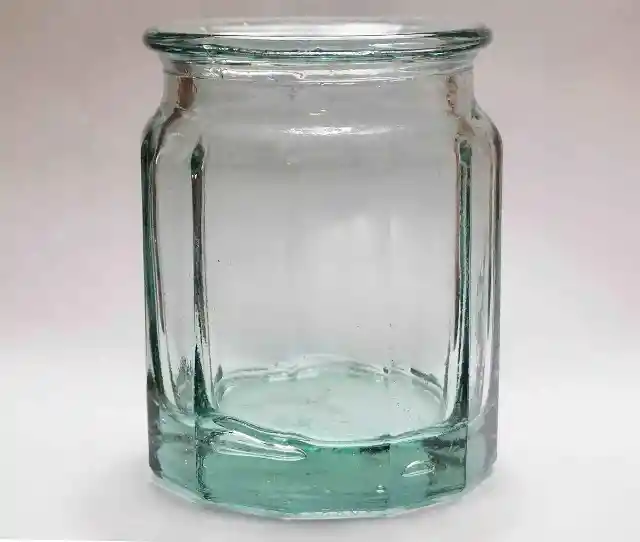

It was believed this was because the glass sagged over time, thickening the base. But glass is actually a solid, just that in the past it was kind of hard to get an even pane of glass. The craftsman used to cut the glass to size when he made a reasonably flat piece, then he would put the thicker side at the bottom, for stability.
#17. Lightning never strikes the same place twice
This myth isn’t just wrong, it is wrong in the most dangerous way. Turns out, lightning does often strikes the same place twice, in close proximity that is. So never stand where lightning has already struck.


No forecaster or outdoorsman would recommend such a thing during a lightning storm. What you need to do is find shelter, stay away from windows and trying not to touch anything metal or electrical
#16. Astrology
The current position and pattern of stars that are many light years away from here apparently inform us about the geopolitical forecast of human civilization. And like that, Astrology tells us things regarding our birthday, supposedly that is.
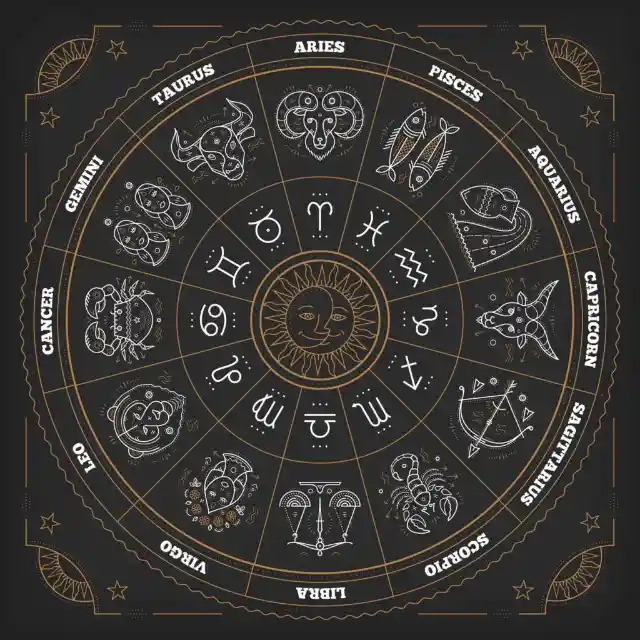
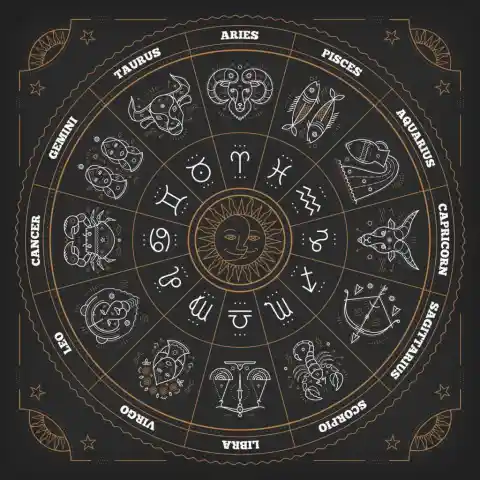
Each of the zodiacs sings describes a pattern of stars at the time of our birth or currently, and that tells us things about ourselves, like our fortune and our fate. The problem is, how? Modern science decided to study the stars differently using the scientific method, and Astrology’s theories are just supernatural, vague and generally unreliable.
#15. Bananas grow on Trees
They grow on something that is not a tree, but… it is the size of a tree. The banana plant, yes plant, can grow up to 25 feet and is actually the world’s largest perennial herb. You will notice some things if you examine said plant up close.
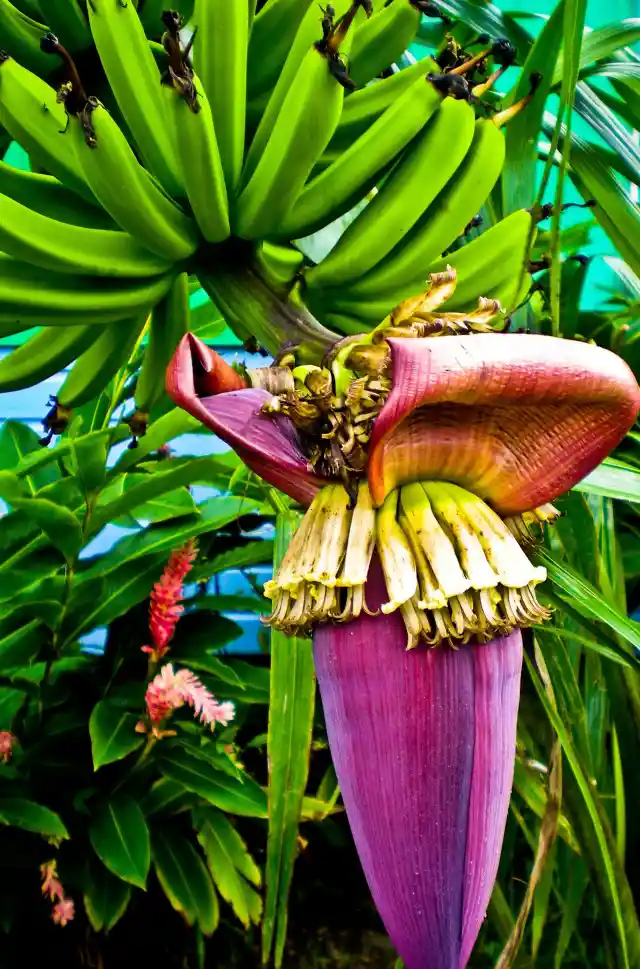
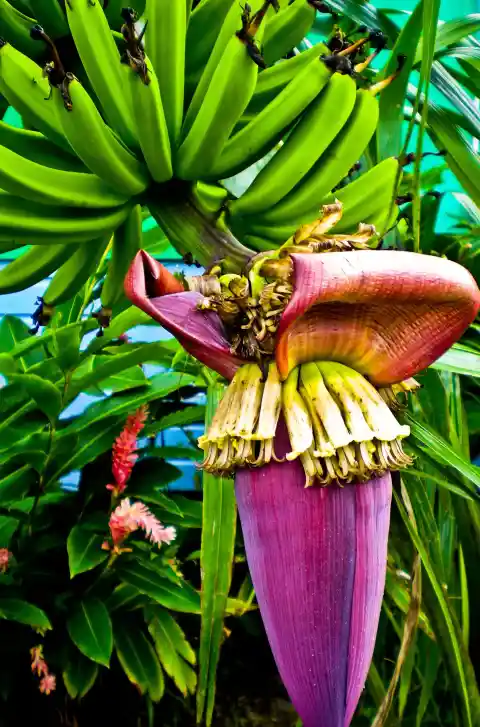
The plant doesn’t have woody fivers, it has strong stalks and leaves instead, but that alone doesn’t qualify it as a tree. And also, bananas are apparently berries since they do not produce mature seeds.
#14. The largest living organism is the blue whale/the redwood forest/Titanosaur/etc.
The Redwood forest may contain the tallest trees, the Blue whale might be the largest ocean creature and the Titanosaur may have been the largest dinosaur back in the day.
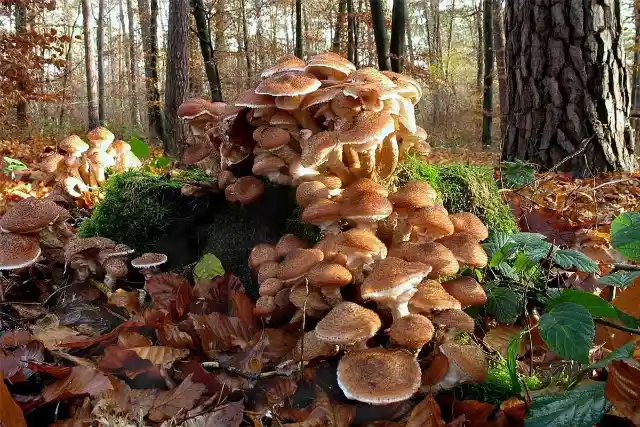
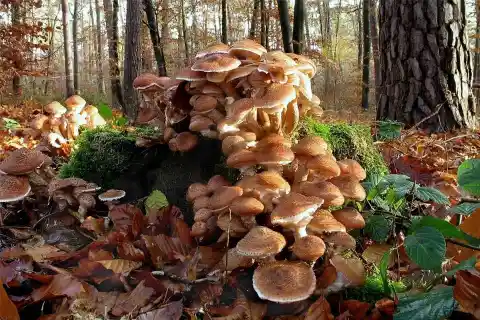
But actually, the largest living organism on the planet is the humongous honey fungus in the Oregon Blue Mountains. This organism has thousands of mushroom fruiting bodies 2.4 miles across, and even though it’s spreading, the mushrooms are edible.
#13. The mustard seed is the smallest seed
Some of the many seeds that are smaller than the mustard seed are duckweed, watermeal and poppy seeds. But the smallest one on record is the orchid seed. And mustard isn’t the smallest, but still, it is pretty small.
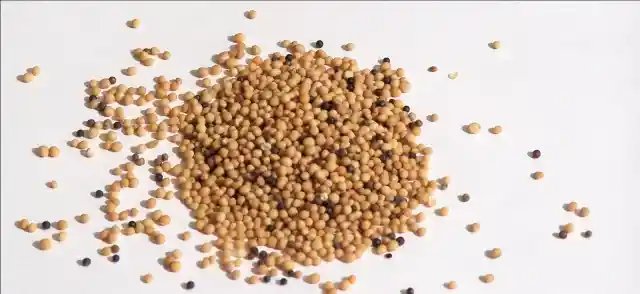
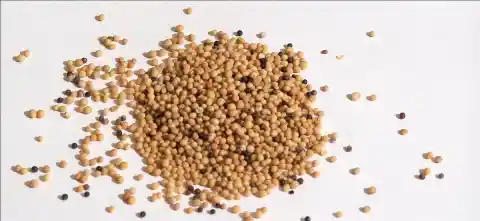
This myth actually has biblical origins. Jesus is reported to say that faith is like the mustard seed, which is “the smallest seed on earth” but still grows to be the largest garden plant giving shelter to birds. This might have been the misinterpretation of a generalization or exaggerated phrasing, which is normal in informal language.
#12. We have five senses
There are actually at least four other senses besides the five empirical ones. These last ones being sight/visual, touch/tactile, taste/gustatory, sound/auditory, and smell/olfactory. The other four are unusually mentioned.
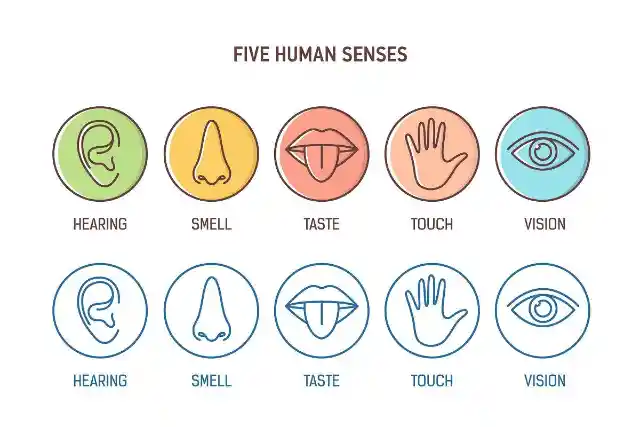

These are proprioception (sensing one's orientation in space), thermoception (sense of temperature), equilibrioception (sense of balance), and interoception (sense of one's physiological condition). So there are actually 9 senses.
#11. Piltdown Man
This is more like a hoax than a myth. Back in 1912 in Piltdown Village in Sussex England, Dr. Charles Dawson came across an amazing fossil, a skull and jaw bone that had mixed human-ape features. It was believed that it was the best specimen of the “missing link” between man and ape, and it was called “Piltdown man”.


Later on, it was revealed with carbon dating methods that it was no older than 50,000 years, so it couldn’t have the “missing link” status. Also, the skull and jaw had marks of artificial staining. Apparently, someone had mixed a skull and a jaw from different species and made it look old.
#10. Human beings evolved from apes
Everyone can agree on this point, even the most rabid critics and supporters of evolution. Human beings and higher apes (gorillas, bonobos, orangutans, etc.) evolved from a common ancestor.


This common ancestor is commonly called the “missing link”. Meaning that humans dis evolve from an ancestor that was more ape-like than humans, but we didn’t evolve from literal chimps.
#9. Humans use only 10% of their brains
Since the human brain uses about 20% of the body’s resources and it never “turns off” until you die, it is busy all day and night. Even when you are not paying attention, it is busy doing all sorts of things. Some parts of the brain are actually active all the time.
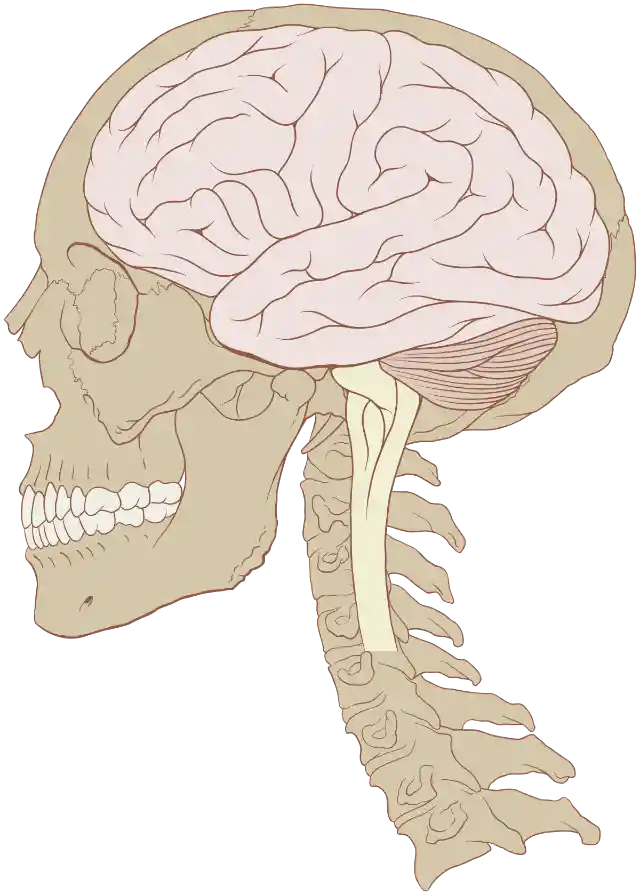
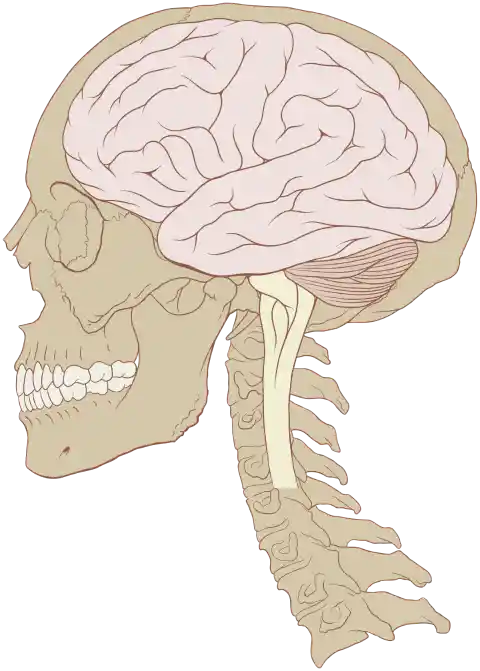
And even though it is possible to tap into unrealized potential depending on how you use your brain or how you care for it, it’s not like your gray matter was there, just sitting idle. There are lots of ways to stimulate your brain, but they don’t activate an unused part of it, they just use an active part for a new purpose.
#8. Bats are blind
Bats see in black and white, and they see better than we do, at night. Just as we can’t see colors in low lights, they don’t have color receptors. You could try this: on a dark night or a pitch-black room, turn on a flashlight and point at something colorful.

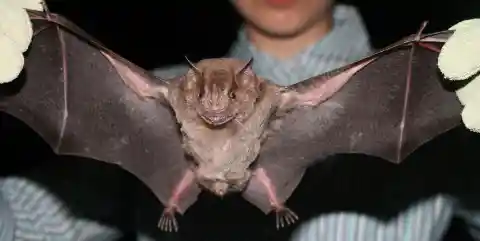
Then you cover the light slowly till the color fades into shades of black and white. This myth might have originated from the fact that bats don’t see well in daylight, or because they have a sonar that enables them to navigate without sight.
#7. Sharks don't get cancer
They do get cancer, not very often though. Tumors in a shark die in their own waste, that is because they have a compound called an “angiogenin inhibitor” which reduced the tumor’s ability to form blood vessels so it can process waste products.
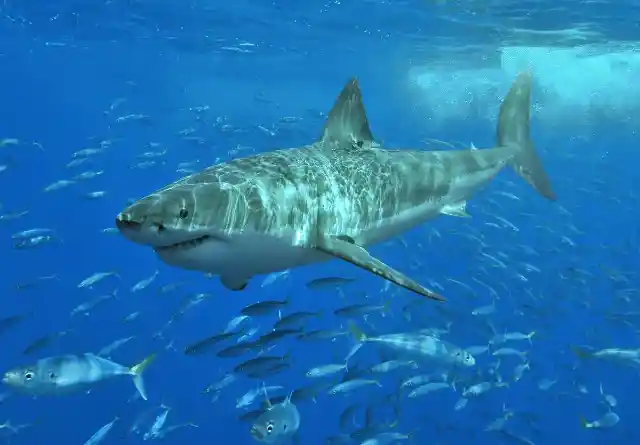
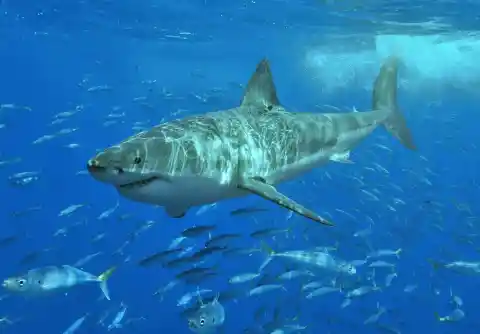
Shark cartilage has some promise in cancer research because of this compound. But they can’t cure cancer for themselves, nor anyone else. So don’t hurry and buy “Shark oil” to the first salesman that tells you it cures cancer.
#6. A severed earthworm will regenerate into two earthworms
Even though this one is close, it’s not quite right. While earthworms cannot regenerate into two or more new worms when severed, Planarian flatworms can. Earthworms have a head and a tail.
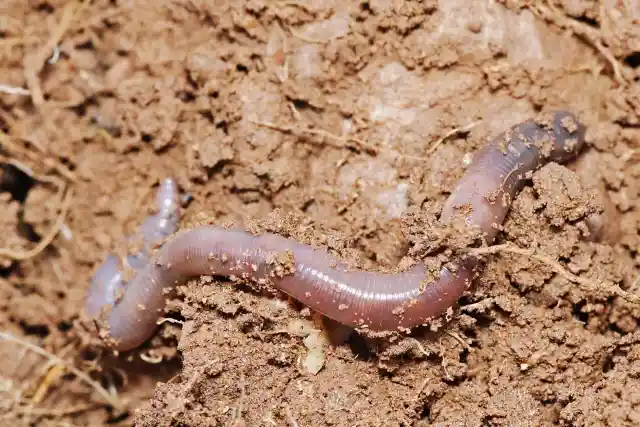
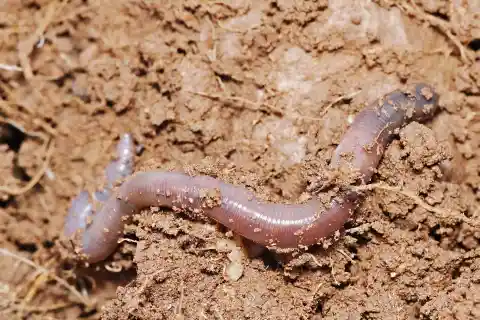
The head can regenerate a new tail, but the tail can’t regenerate a new head. Earthworms can regenerate most of their body, but planarian flatworms can regenerate a whole body from a severed part.
#5. Elephants are afraid of mice
Since it would look funny that such a big animal could be afraid of a little one, this myth might have originated from children’s stories. But no, they don’t have a particular fear of mice
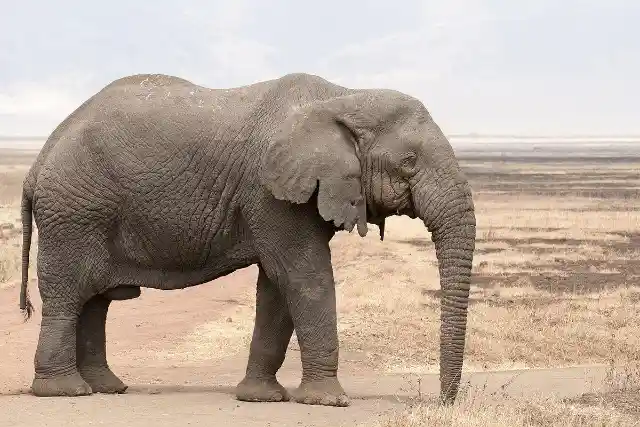
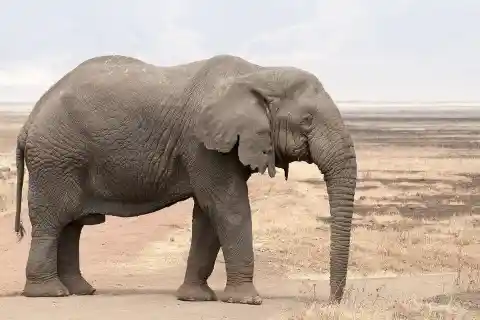
What they do have is a poor vision and they are slow-moving. So they can be surprised if a small animal like a bird or a mouse darts past them, even if they are big, strong and brave.
#4. Bulls become angry at the color red
Bulles and other cattle can’t see the color red, because they are partially color-blind. But since they are testy and defensive creatures, they will charge if they feel threatened, frightened or annoyed.


A matador wields a red cape (the muleta) in bullfights, but what makes the bull charge is actually the matador’s taunting, threats and behavior. So they don’t mind seeing red, but they hate jerks.
#3. Goldfish have a 3-7 second memory
We know that the octopus is probably the smartest sea creature, and the blue whale is the biggest, but what about the goldfish? Well, he is neither, but he is pretty adorable. And he isn’t as dumb as you’ve probably heard.
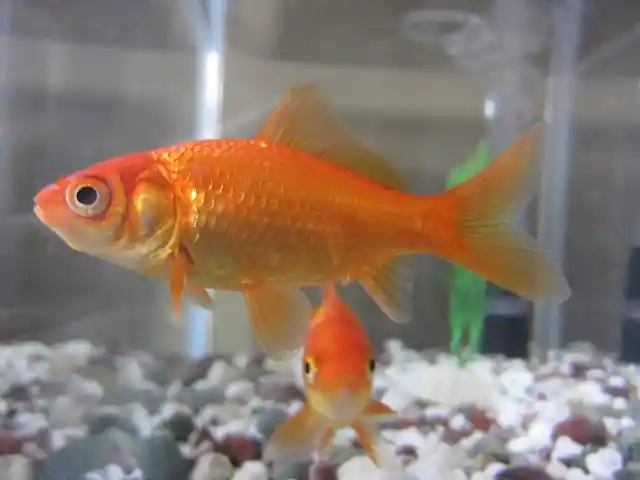
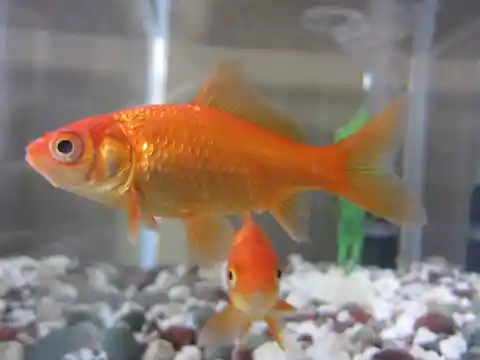
Goldfish can learn basic survival skills and remember them for three months. They can also tell time, in some lab tests they could be conditioned to push a lever for food at the same time every day. So their memory lasts longer than 7 seconds.
#2. Houseflies have a lifespan of 24 hours
In the animal kingdom, lifespans can vary widely even within a species. Our average lifespan ranges from 49 years in Swaziland to 82 years in Japan. The world average was 67.2 years in 2010.
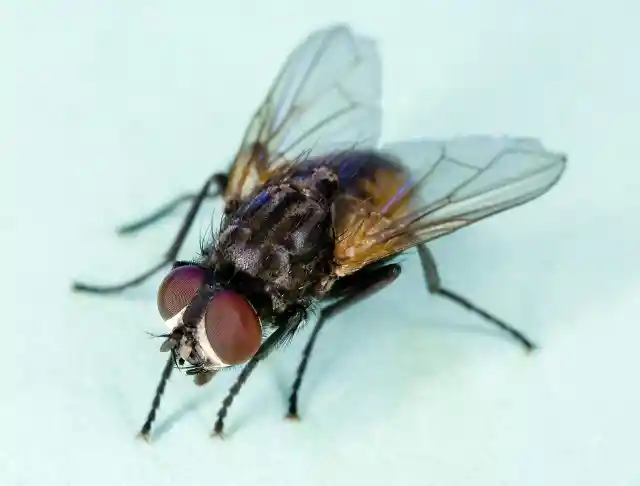
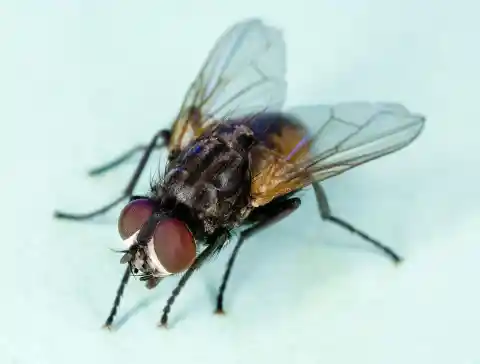
The common houseflies can live up to a month. It is possible that this myth mistakes the housefly for the mayfly. The mayfly may have a lifespan between 5 minutes and 24 hours, depending on the species.
#1. Dog mouths are cleaner than our mouths
Dog mouthc are much dirtier than human mouths. Dogs can transmit rabies, tetanus, pesteurela and lots of other contagious diseases. Because they eat and lick lots of gross stuff, their mouths are teeming with bacteria.
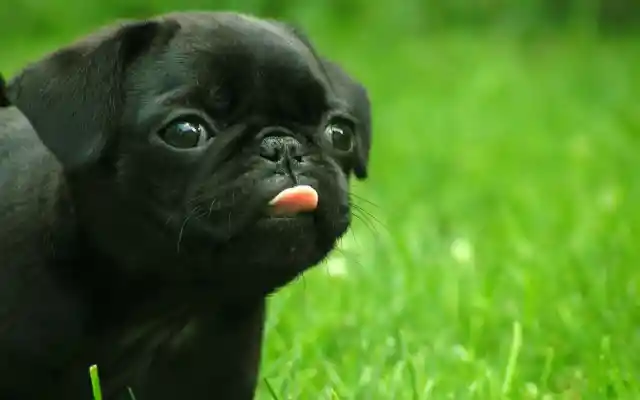

Since they walk on all fours and don’t have hands with opposable thumbs, they have to use their face and mouth to do whatever they have to do, so a dog’s mouth is its hands, toilet paper, and everything.